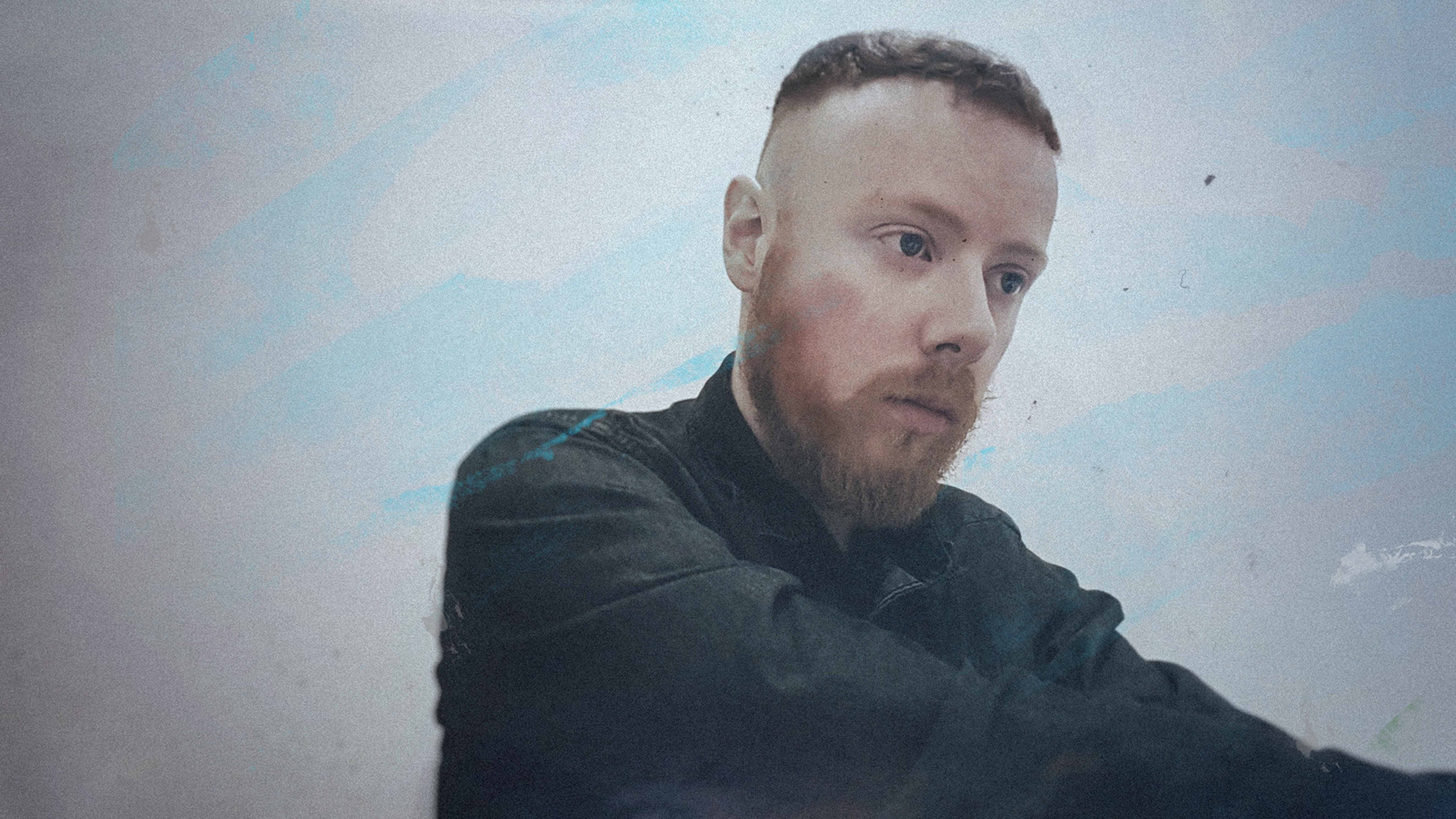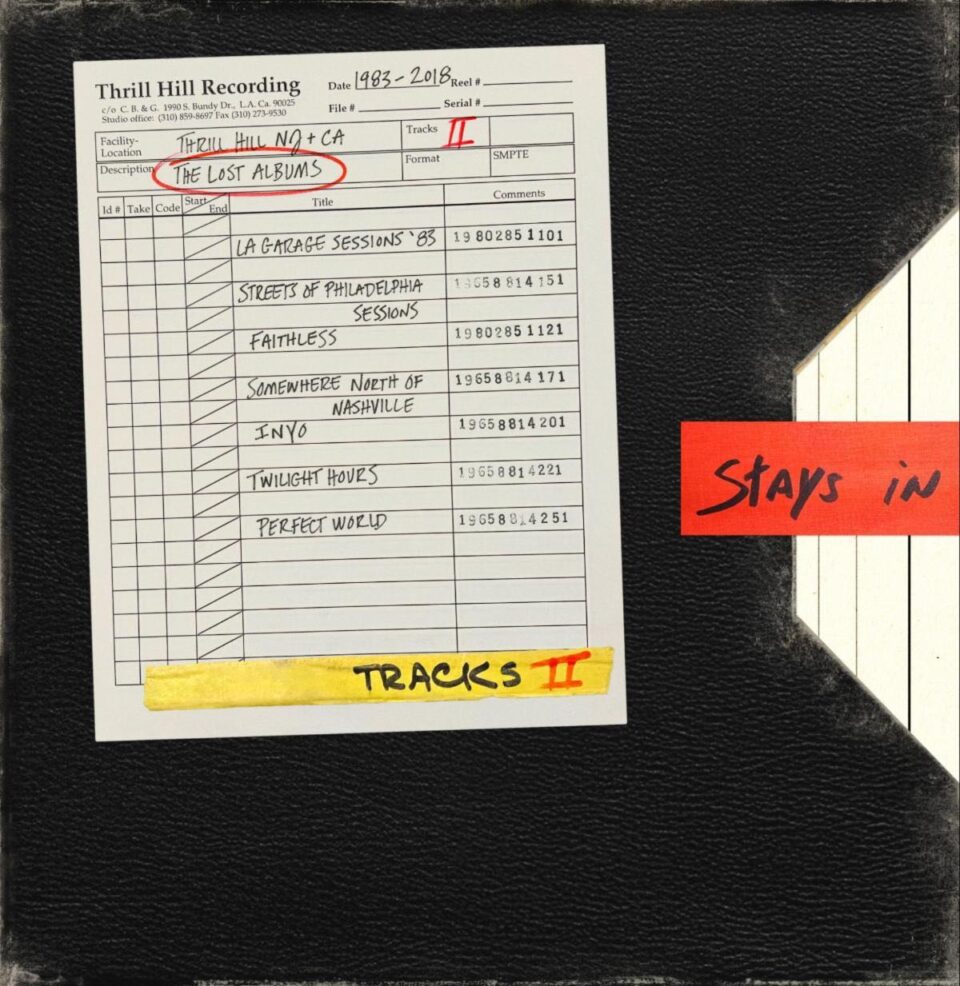Matthew Barnes speaks like his music sounds. The Liverpudlian producer tackles the questions I ask in the same rise, fall, repeat pattern his songs follow. He ponders, he begins, and then his pace quickens, excited by the answer he’s coming up with in real time. Under the name Forest Swords, Barnes has created a dance subgenre all to himself following a method similar to his aforementioned speaking style. The intros are quiet, the middles expansive, and the endings pensive. It’s a simple formula turned complex thanks to intricate instrumental manipulations and wily sampling. He’s created a mythic, fantastical world in which the dubby underbelly of electronic music is flipped to the forefront and accompanied by gigantic drums, from-the-mountaintop horns, and walloping melodies.
While Barnes has followed this path with each release, 2010’s Dagger Paths EP and 2013’s Engravings particularly emphasized the swampy murk of electronic music. Compassion, out now on Ninja Tune, steps out from the darkness and aims for something affirming, positive, and, well…compassionate. I spoke with Barnes about the numbing aspects of touring, life in Liverpool, and his various multimedia endeavors with his Dense Truths label.
The critical reaction to Compassion has been amazing so far. What has your sense of the way it’s been received been?
It came out on Friday [May 5] and I basically turned everything off—I switched off all the lights and turned the Internet off for the weekend, so I’ve only caught up in the past day or so, but I’ve been really overwhelmed by it. I think when you spend so long on a record… I’ll be perfectly honest: I convinced myself that it wasn’t very good. You get so close to an album that you lose all sense of objectivity—what it sounds like and how it flows. So I forget that people are completely fresh to it and have only heard it in one iteration rather than me hearing it hundreds or thousands of times.
It’s been four years since your last full-length. Was that an intentional choice, or were other factors contributors to the long gap between records?
I spent a lot of time playing the songs from [Engravings] before they got released. I think I played them for six months or so before the album came out. So when I got finished touring I was over it. I really wanted to take my time. When you tour quite a lot—we were doing a lot of festivals—you can feel like you’re in stasis. I felt that way because I was playing the same set and my music tastes were changing slightly. I felt like I was changing as a person, too. But because I was playing these songs from two years ago, they didn’t quite reconcile with each other. When I stopped touring I made a conscious effort to take a year or eighteen months to try and figure out what I was going to do next—what it sounds like, what it feels like.
Is that a tricky balance? To tap into the times while still aiming for a certain timelessness?
It is. Especially with doing interviews, I’m careful to not be too explicit when explaining what certain things are or may represent. When you do that, it immediately puts a date stamp on it. That’s not how I usually work. It was a real fine balance—making it feel relevant and forward-thinking without placing it in a certain time period.
One of my favorite parts of your music is that since it’s mostly instrumental, the feelings you convey need to be very specific in choice and aesthetic.
That’s a really good point. There are a lot of tweakings regarding melody to get the right intention. I’ve learned more and more about how I can use sound, melody, and texture to give intention rather than be explicit with lyrics or traditional songwriting. Making choices and trying to infer certain emotions through those choices is quite tricky but I feel like I’m getting a grip on it.
I think that’s reflected in the booklet that accompanies the album. I was wondering if you could expand on that a bit. It’s a collection of photos taken of first-wave immigrants traveling from Liverpool to New York, yes?
I’m from Liverpool and throughout my life I’ve collected photos. Sometimes that will make its way into album artwork or tour fliers—sometimes I’ll use them as an inspiration, a sort of Tumblr. I stumbled across this group of portraits taken in New York at the point of processing but they were all of people who had traveled through Liverpool and sailed to New York back in the early 1900s. It was completely fascinating to look through these because they were of people who had come from all over Europe, Russia, and North Africa, and traveled through the city I was so, so familiar with. I had no concept of this transit. The portraits just stunned me. They were so otherworldly and beautiful, so I figured I’d have to use them in some way. They made their way into the booklet, and it’s a nod to the whole migration conversation at the moment without explicitly referencing it. I just thought they were beautiful, pure, honest portraits of people who traveled to New York to start a new life. There’s a real sense of pure beauty in that.
I think these themes show up in your music, both in the vulnerability and the subtlety of Compassion.
That’s interesting. Generally, the way I work visually is I’ll work something up and figure out if it fits and reconciles with the music. I’ll ask if it plays off the music, too. The portraits just felt like they vibed with the sounds and textures of the songs.
Are there any influences that strongly directed this record?
I listened to a lot of Björk. Making this record, I was looking to get more compositional—strings and brass. She’s a real master of mixing electronic music with more traditional sounding instrumentation. I listened to a lot of that and a lot of jazz as well. It was a genre that I had never really understood before; I had never really had the time or the inclination to dive into it. It’s not something that you can just—there’s not really a clear entry point. So I just spent a lot of time getting into it and trying to get a grip of it. I also listened to a lot of ambient stuff, too. William Basinski and Tim Hecker. You can hear bits and pieces of that on my record, where there are a lot of moments that disintegrate and fall apart. Those moments were definitely inspired by those sorts of artists.
There’s a real patience to Compassion as well.
I was less terrified of packing everything in at the same time on this one. I learned that it can be really beneficial to strip stuff away and let the music have some breathing room.
What you said about Björk was actually something I wanted to talk about. In your music there’s a fascinating play between the artificial and the real, the sampled and the performed. Is that something you’re interested in tackling specifically or does it come about naturally?
It came from the first few songs I did. I was just starting to learn how to use the laptop and I was very concerned with not making it sound like I did it on a laptop. So naturally I fucked around with sound and how it worked. It’s kind of interesting because I don’t know why I like that kind of play, but I’m really interested in it. The plugins I have now are so sophisticated that you really can’t tell what’s real and what’s not. Occasionally there will be something a bit wonky with it or a bit off and you’ll be like, ‘Hold on, is this synthesized?’ It’s quite interesting because when I do use real instruments I’ll process them so heavily that I guess it becomes digital on some level. I don’t think that’s less valid. Using them both at the same time to the point that people don’t know what’s what is really a fun thing for me, and it makes me approach sound in a different way because I enjoy processing things quite heavily. I’ll make things that sound authentic more artificial and things that sound artificial authentic.
If you record a trumpet for instance, and then put a shit load of echo and reverb on it—cut it up, too—is that now real or digital? What is that? I just like playing with sound. That’s just what it boils down to: playing with sound and pulling emotion from it. FL









